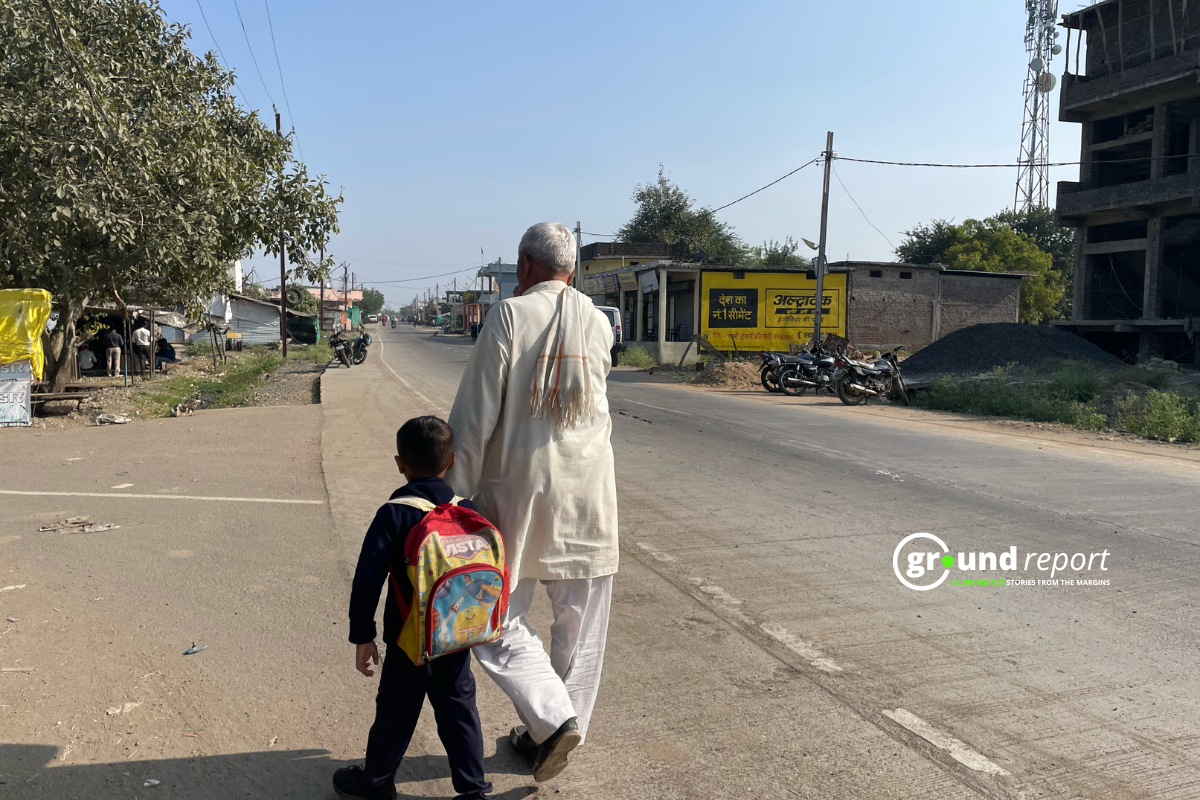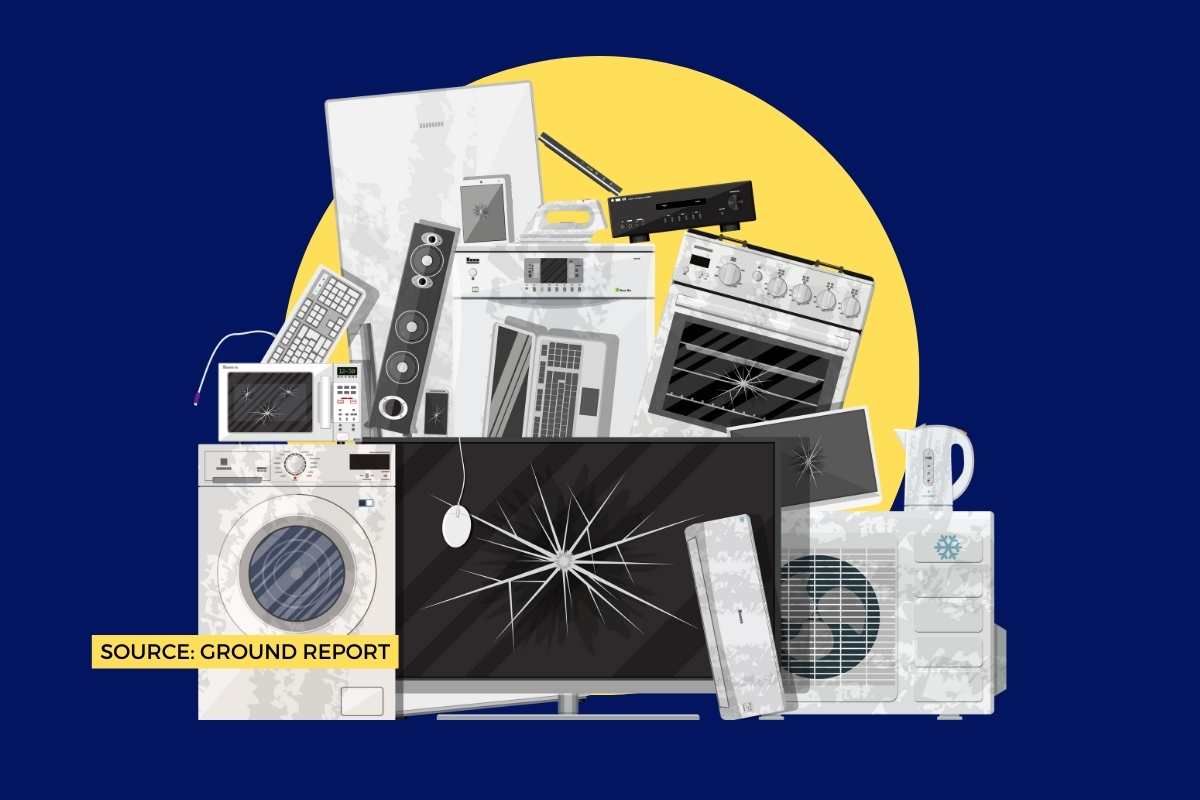For the tribal-dominated Barwani district of Madhya Pradesh, fetching drinking water is a daily struggle. Gurgaon, Kherwani, and Semlet village residents had to go three to five kilometers across dangerous terrain to collect muddy water. In the month of April, their conventional water sources dry up. Villagers, mostly women, make a hard uphill and downhill walk with mules to get water for their household use.
Tribals struggle for potable water
Despite their best efforts, the Barwani tribals still have dirty and contaminated water. This frequently causes an outbreak of numerous water-borne illnesses. Villagers said that because of the high heat and water shortage, the locals and stray cattle are having trouble quenching their thirst. Villagers’ complaints to the collector requesting water provision have yet to be answered.
SDM (Barwani) Ghanshyam Dhangar acknowledged that similar problems had previously been reported from the villages when he was approached. He promised to install bore wells in these areas to address the water shortage, but now, tribals are surviving the water crisis.
How Tribals Revive Old Techniques to Sustain Agricultural Water Crisis
Electricity remains a luxury for the tribal community in Paati Block of Barwani district, tucked inside the Satpura Range of Madhya Pradesh. People in this drought-prone region, rely on rain-fed agriculture for their livelihood. With no electricity, they have to find means to run and irrigate their fields. With great ingenuity, the tribal community created the “paat” irrigation system centuries ago. This allows water to be transported over great distances to farms at high altitudes without using electricity or any other fuel.
The “paat” system is reliable and affordable for low-income farmers. The system does not change the groundwater level. Therefore, it is a blessing for the marginal farmer who must keep his expenditures in check when working in an area where borewell installation is costly. And, groundwater can only be reached at a depth of 1,000 feet or lower.
Furthermore, the Paati block is a hilly area with high summer temperatures, with undulating hills making up 95% of its area and scattered flat land making up the remaining 5%. Barwani, Dhar, and Alirajpur districts peoples are practicing the “paat” technique, which gave unique originality and the name “Paati”. The irrigation method is so successful that local farmers have been using it to grow wheat and other crops during the rabi season.
The “Paat” System
The Adivasi farmers in these central regions of India have relied on “paat” for ages. It was a way to take advantage of nature’s bounty without destroying or meddling with it.
Until February, the farmers build a temporary “paal” like an earthen wall on a flowing nullah. But, the stream should be at a higher elevation than the fields. A single nullah can irrigate close to 65 farms or 100 acres of land at a time when the paal diverts this water over vast distances, up to 4 km. The water enters the fields with full force and speed since it is at a higher elevation. Between 1985 and 2000, when this region in India was severely hit by drought, like many others across the nation, the method underwent a revival. To solve their problem, the Adivasis constructed 14 bunds across nullahs in nine villages, i.e., Borkhedi, Limbi, Bana, Gudi, Piparkund, Kalakhet, Kandara, Aavali, and Swariyapani with the help of the Jagrit Adivasi Dalit Sanghatan. They also excavated several ponds.
Establishing a Revival Method for Irrigation
This irrigation method has been used for centuries and is still influential today. Younger farmers are abandoning the “paat” method due to the introduction of electricity in nearby villages, as, using the “paat” system to transport water can be challenging and tedious. Farmers may frequently have to deal with the paals they have built falling as it requires erecting temporary constructions on the nullah. To prevent water flow entering their crops from being hampered, they must also watch for any obstructions. Maintaining the “paals” requires a lot of work, but this generational tradition is still practised in a region that frequently experiences droughts. The Manthan in charge highlights that the traditional irrigation method must be continued to balance the groundwater level.
The government officials commented that the development and maintenance of the ‘paat’ system would be covered by MGNREGA. That would provide a living for the local farmers while also preserving groundwater. Then, the younger generations would continue it.
Recommendations to Resolve Barwani Water Crisis
- It is advised that groundwater exploitation from the deeper aquifer be restricted and limited to drinking water supply exclusively.
- Hydraulic troughs and places upstream of dykes, particularly at the intersection of dykes with the drainage, should be chosen for the building of shallower tube wells.
- In suitable places, further dug and tube wells should gradually be built in the Pati, Barwani, Rajpur, Sendhwa, and Niwali Blocks over ten years.
- Open wells should be 4-6 meters in diameter and 12 to 16 meters deep. The depth from the bottom of the excavated well to the 150 mm bore in the dug cum bore wells should be 20 meters. Up to 150 m of depth could be reached by shallow bored wells with a 150 mm diameter. For dug wells, 3-5 HP centrifugal pumps are sufficient.
- Create fresh water storage through rainwater harvesting in an integrated watershed scheme and keep the impounded head of water in the small reservoir for as long as feasible to encourage induced infiltration. It would artificially recharge groundwater in the area. Construction of facilities like check dams, subsurface dykes, percolation tanks, and recharge wells should involve the general population.
Keep reading
- Malnutrition, unemployment, migration: Jhabua’s deepening water crisis
- Guwahati’s ‘Water Supply Project’ aims to tackle the city’s water crisis
- Water crisis due to climate change: More serious than previously thought
- Yamuna is drying in early February, how it will impact you?
Follow Ground Report for Climate Change and Under-Reported issues in India. Connect with us on Facebook, Twitter, Koo App, Instagram, Whatsapp and YouTube. Write us on GReport2018@gmail.com.







